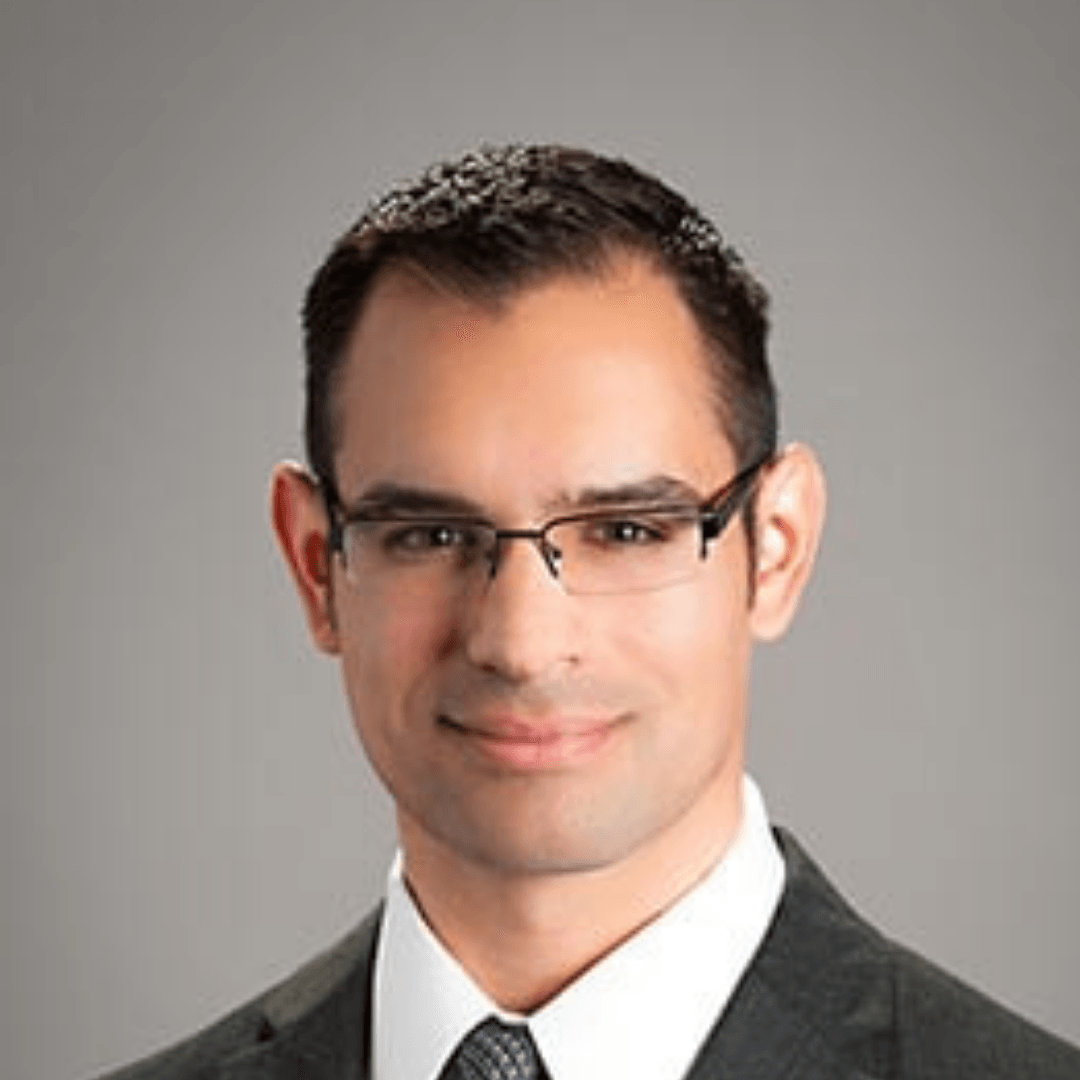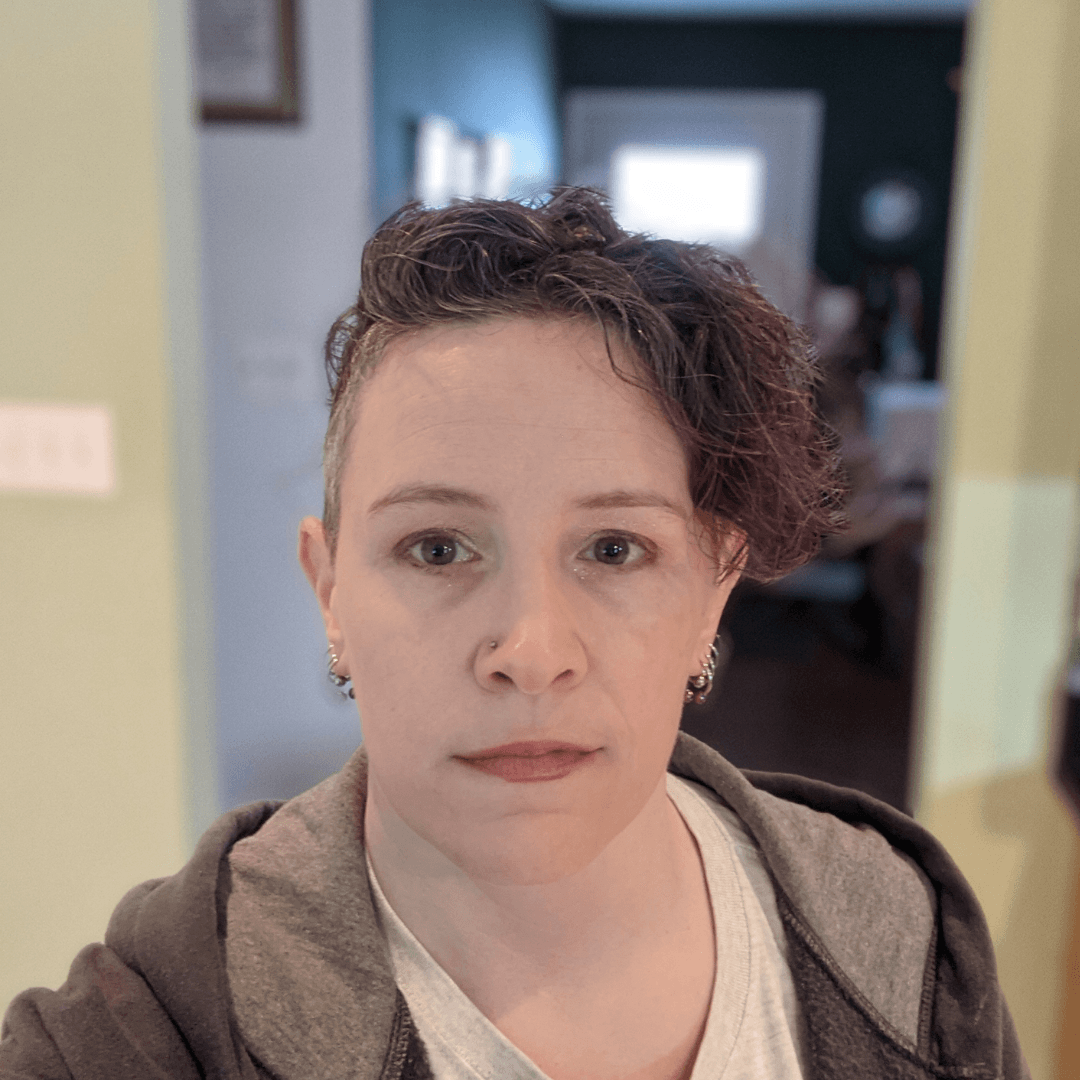When Raynaud’s is suspected, a health care provider will consider risk factors such as the age of onset and location of the affected areas on the body and will evaluate the overall frequency and severity of symptoms. The person’s health history will also be reviewed for the presence of other symptoms that may indicate secondary Raynaud’s caused by another underlying condition.[1]
A technique called nailfold capillary microscopy (NCM) may also be used to differentiate between primary and secondary Raynaud’s. NCM allows the physician to see changes in the structure of the capillaries that may indicate the presence of underlying conditions implicated in secondary Raynaud’s, such as scleroderma or other connective tissue disorders.[2][3][4]


